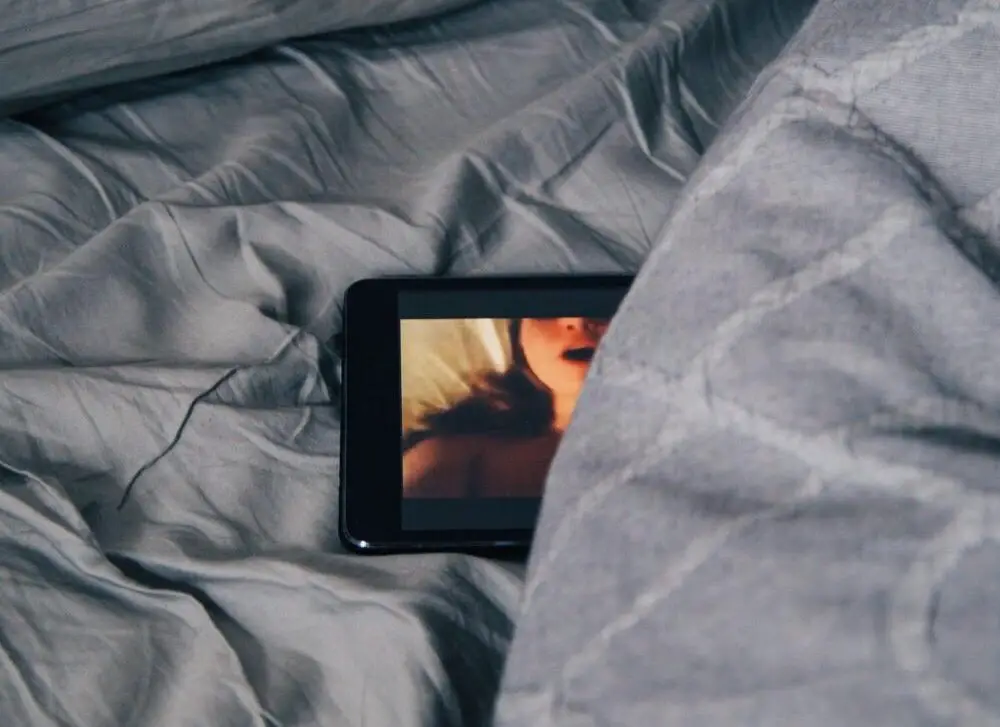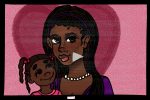Kids and porn. We do not want to hear these words put together. It’s cringeworthy and, well, icky, for the lack of a better word. And for good reason. So why am I combining these two words that have no reason being connected into one statement? Well, kids now have easy access to pornographic images and videos, and usually at an age that precedes proper sexual education. It is a fairly new issue, but it exists, and we need to learn to be able to talk to kids about porn.
Sexual education has progressed immensely in recent years, but educators and experts argue it still has a long way to go. While an abstinence-centered approach is still widely taught across America, there is also an increasing push for comprehensive sexual education, which of course teaches about the variety of contraception available, is LGBTQ+ inclusive and does not leave children and young adults unprepared to make their own informed decisions as they grow into their inevitably sexual selves. To further improve this strategy, some health and sex experts would like to incorporate more mental and emotional health education intertwined with the sexual education curriculum.
However, with one step forward, there are forces pushing this inclusive, broad and sex-positive model two steps back. The problem remains that the access that kids have to the internet — along with many adults’ reluctance to open the door to comfortable conversations with their kids about their bodies, puberty, sex and health in general — have placed educators and parents in a position that leaves both parties unprepared to deal with children discovering porn at an age where it is not meant for them to consume.
Whoever takes the responsibility for teaching kids about porn, whether they be a guardian, caretaker, practitioner or educator, is likely blissfully ignorant or purposely denying that children are being exposed to inappropriate content. If children have access to a computer or a phone, they can (and will) find pornographic content. Believe me. It is so easy. Kids live to satisfy their curiosity. By being in denial of a child’s curiosity and unaware of the veracity at which they can consume the internet, we are employing the same ineffective strategy of abstinence-based sexual education: see no evil, speak no evil, hear no evil.
We cannot always be around to make the choices for children, unable to interject ourselves and immediately challenge how they are beginning to understand their expanding world, but we can do our best to prepare them with information so they can make the best decisions for themselves and practice critical thinking.
Be a Trusted Source
Whether it is through conversations with your younger relatives, kids you work with or your own children if you have them, be a person that kids feel that they can trust. Being the “cool aunt” or the “cool uncle” does not always mean you are the one that buys them the most candy. It means that you are honest and speak about things in a calm, cool and collected fashion. Kids can spot a lecture from a mile away, and they do not want to be lectured. Avoid this by familiarizing kids with these topics from a young age so that the subject of sexuality is part of an ongoing conversation rather than an overwhelming lecture.
Toddlers can learn the proper names for their body parts; wait until they are a bit older and they can be taught about body autonomy and inappropriate touching. The first time they ask a question, do not overreact. Relinquish them of their fear to ask you a scary question, and they will likely inquire a second time. Casually talk about things like bodies, consent and health with importance; this includes how you talk about yourself and others.
Your relationship with the specific child, of course, will determine the appropriateness of depth that you talk to kids about health, body and sex. Especially for those with a less close relationship, the opportunity to be a good confidant might only come from accidentally finding them consuming inappropriate content.
If you find yourself in a position where a child is watching porn, do not shame them by overreacting. Ask them if they know what it is, inform them that it is made for adults and, perhaps most importantly, that it is not realistic. Depending on the child’s age, you can inform them that they are paid actors, their bodies do not represent the average person and that the relationship dynamics are not common or healthy.
Talk About Porn Early
Many would guess that the best time to bring this up would be around puberty; actually, however, the best time would be prior to this age when adults typically have more access to their internet habits. Many kids get their own cellphones by age 10, meaning that more children are spending more unsupervised time on the family tablet; it only takes one kid on the playground to have a phone for a pornographic image to spread.
Again, this is about contextualization, not shaming. A 6-year-old should know that there are parts of the internet that are for kids, and parts of it that are not. They should be taught that the naked bodies they might see on a screen is not real life and is made for adults.
Be Honest
This part might be the most difficult for adults. But, why are we so afraid? Is it maybe because we have internalized sex as a shameful act? It does not need to be. Answer those uncomfortable questions. Do not lie.
Adults should also teach kids about privacy; some people prefer not to answer certain questions until their child is older. It is okay if you do not have all the answers or know that the best way to respond is to not respond at all. Nevertheless, be equipped with resources that kids can investigate for themselves, whether that be at a school or clinic. Luckily, there are age-appropriate storybooks meant for kindergarteners that teach them about their bodies.
Possibly the worst response an adult can say is, “Oh you shouldn’t ask that question, you do not need to know that.” At the very least, explain what you can. If the topic is something that a child cannot understand yet, provide the inquiry with context. Allow children to align the matter somewhere in their mind by giving them part of the story so that they do not let the media, internet and misinformed peers build their understanding of an important topic like porn.
We must accept the fact that children will eventually grow up to be sexual beings, and we must allow them to do so. Unfortunately, we have to talk about adult things sooner than we used to in the internet age. By disallowing kids to form preconceptions about the sexual world — before or at the time they are exposed to porn — we are only complicating their sexual education more and risking their long-term knowledge, safety and happiness.
















